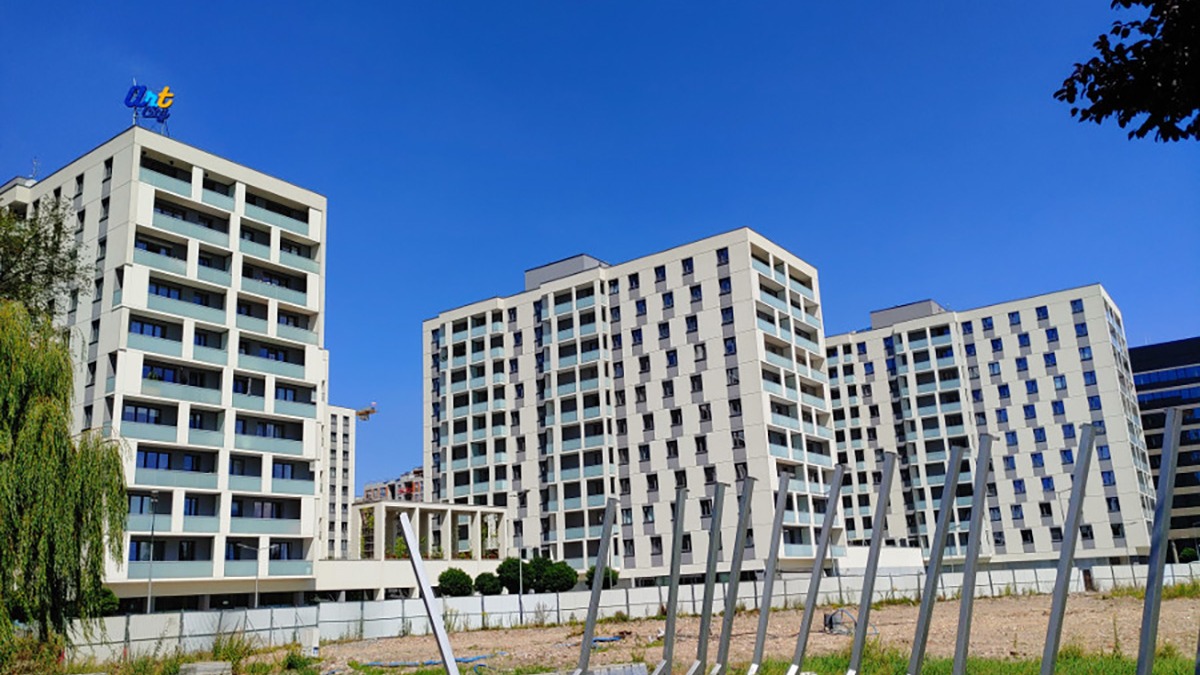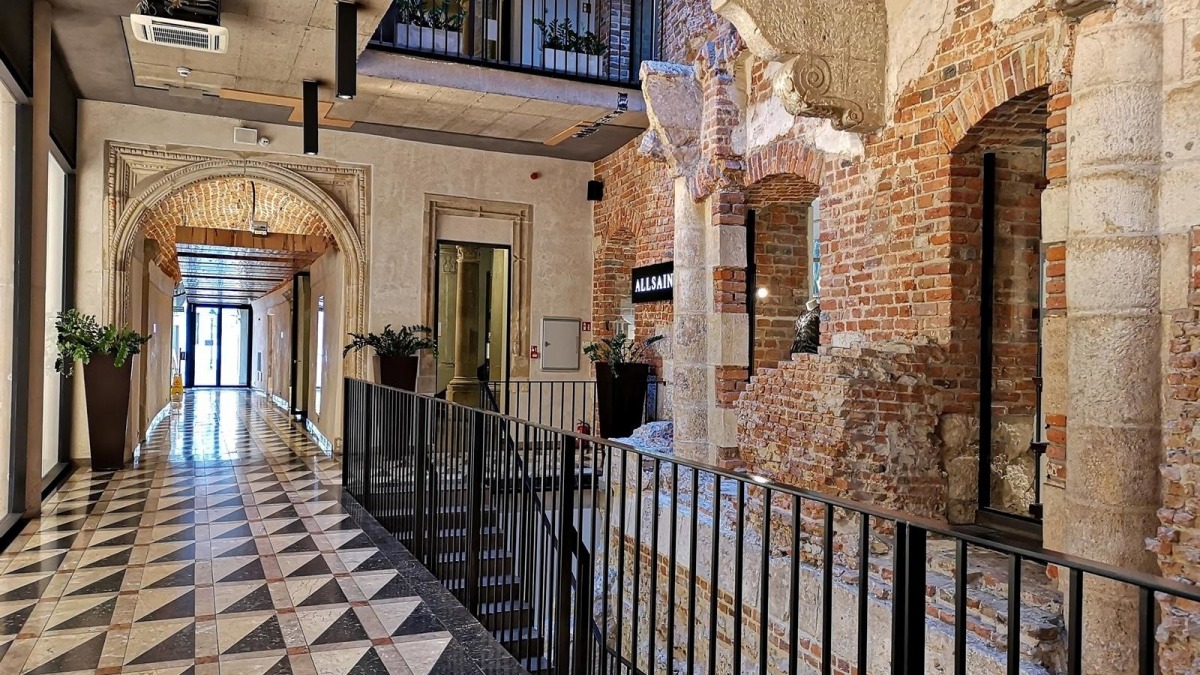Can cosmopolitan urban planning take place in a medium-sized Polish city? Who really decides about the form of contemporary space and architecture in places like Krakow? When is it worth fitting into the context of the environment and when is it better to break with it and start something new?
Driving through the city I often ask myself this question … What could be better for us in a given place and time. Not every city needs a large gallery on its suburbs, and not all towns are suitable for the construction of office complexes. Today’s urban planning in Poland often only provides for profitability, not quality and real needs of residents.
The most irritating are wastelands and empty plots, cluttered spaces between abandoned tenement houses, and stopped construction sites. There are still too many places just dusty and waiting for their time. How many wonderful architecture and projects could be created there and serve people. I am definitely a supporter of the so-called recuperation of space in large agglomeration centers and protection of green suburban areas. Land in cities such as Krakow, Katowice and Warsaw is too valuable to be unused. Certainly some of them – in districts where there are no such areas – must be designated for parks and lawns. Municipalities, in particular, have to think about establishing similar sites because the current law does not oblige developers to provide green space between buildings at the appropriate level. Most often, the clusters of blocks are surrounded by small trees and bushes – they are a decorative function only for people on the ground floor, they do not protect from excess light and do not enrich the view from the windows. Some residents, e.g. mothers with children, are then excluded from social life. People who want to go for a walk do not have this option. It is more attractive to drive a car than to be active in the open air, which has negative effects in the form of greenhouse gas emissions and worse physical condition of the inhabitants.

Apart from the issues related to green areas, the most important issue is the selection of the functions of the planned investments. On this topic, municipal governments have learned their lesson and it can be said that we have better and better local spatial development plans. The areas for service development are proposed in interesting spatial circumstances. In Krakow, an example may be the desire to create modern city corridors, such as along Mogilska Street and Aleja Pokoju Street, where the revitalization of these areas is currently underway. Post-industrial and warehouse plots turn into services and apartments. It is an exceptionally attractive place due to its proximity to the center. The two eastern thoroughfares will cut into the city with elegant office buildings and hotels. The renovation of ul. Mogilska, along with the reconstruction of the roundabout, raised the rank of the place and improved public transport. The issue of the old buildings of interwar tenement houses was also very well resolved here. These are monuments entered in the municipal register, however, due to their low architectural values, with certain possibilities such as superstructure, reconstruction and expansion. According to the conservator, they are a relic of the barely started works of urban planners from a hundred years ago and do not constitute a significant spatial context. These provisions make it possible to break with the fate looming over this place and create architecture of a new quality. Thanks to the mixing of functions with small shops and residential buildings, the district will live all day, which will eliminate the phenomenon of “ghost town center”. This effect, present i.a. in the City of London, causes the extinction of a part of the medieval town just after 6 p.m.

However, road and public transport management in Krakow leaves much to be desired. An extremely bad example is the, so-called carrying out in installments repairs of roads and pavements or the lack of well-thought-out actions in relation to the creation of an urban network of bicycle paths. Often, when residents complain about the poor condition of their housing estate road or the nearest common road, the city allocates part of the budget for renovation, but without specific planning and projects. Usually the sidewalk is renovated but the road is not. After each winter, patching of holes must be performed, which in the end translates into costs similar to the complete replacement of asphalt within a few years. There are also many inaccuracies in this mode. For example, a bicycle path suddenly ends and you have to get off the bike to get to the other side of the street, or the sidewalk suddenly breaks and narrows. All these ills strongly affect the quality of the space used. Municipal offices should accumulate the appropriate amount of cash faster and then allocate it to activities such as reconstruction and renovation.
A commercial shop center is good for a small group of people, not for the entire community. Usually such facilities suck the life out of the center and contribute to the liquidation of many private shops. The number of protests faced by the planned investments in Krakow seems to be significant in this matter. The former Cracovia hotel was to be demolished and turned into another commercial center, which was opposed by the residents. Fortunately, after several years of struggle, the Provincial Conservator of Monuments entered the building on the list of the Register of Monuments and the hotel itself will undergo deep adaptation and revitalization in the near future. A city square will be built in front of the hotel, which is now an empty space in front of the National Museum. This situation shows how high is the saturation with a similar function of many other places in Krakow. In my opinion, better solution is the implementation of much smaller but more complex places, such as: a department store well integrated into the historic clusters or a passage as a link between two parallel streets. These activities do not pose a real threat to neighboring enterprises and complement the range of services and trade well. Unfortunately, such investments are more complicated and time-consuming due to their location in a historical places, but directed to a specific recipient may contribute to the increase of prestige and value of the place.

In order for the quality of life in the city to increase, all these problems must be solved and this takes a long time as usual. The most important thing is social awareness and the attitude of the authorities to act in strictly defined directions. Thanks to proper planning, we can expect better spaces and much more favorable opportunities for everyone.
I encourage you to like us on Facebook or Instagram using the icons below.
Greeting,
Łukasz Kinaszewski

